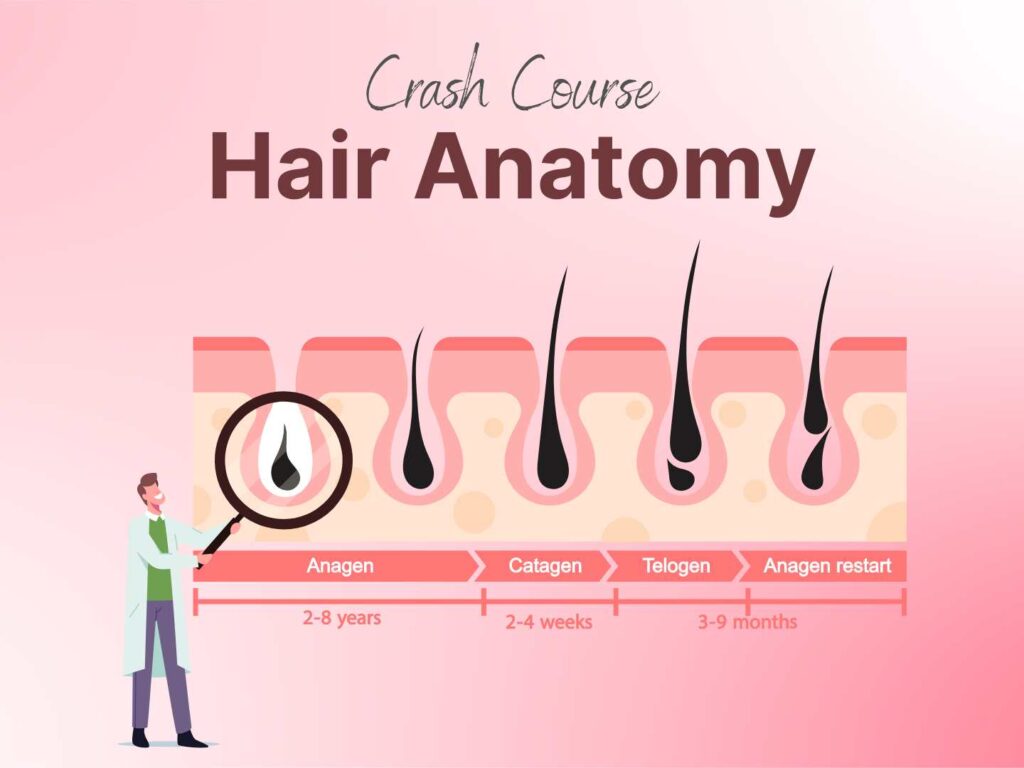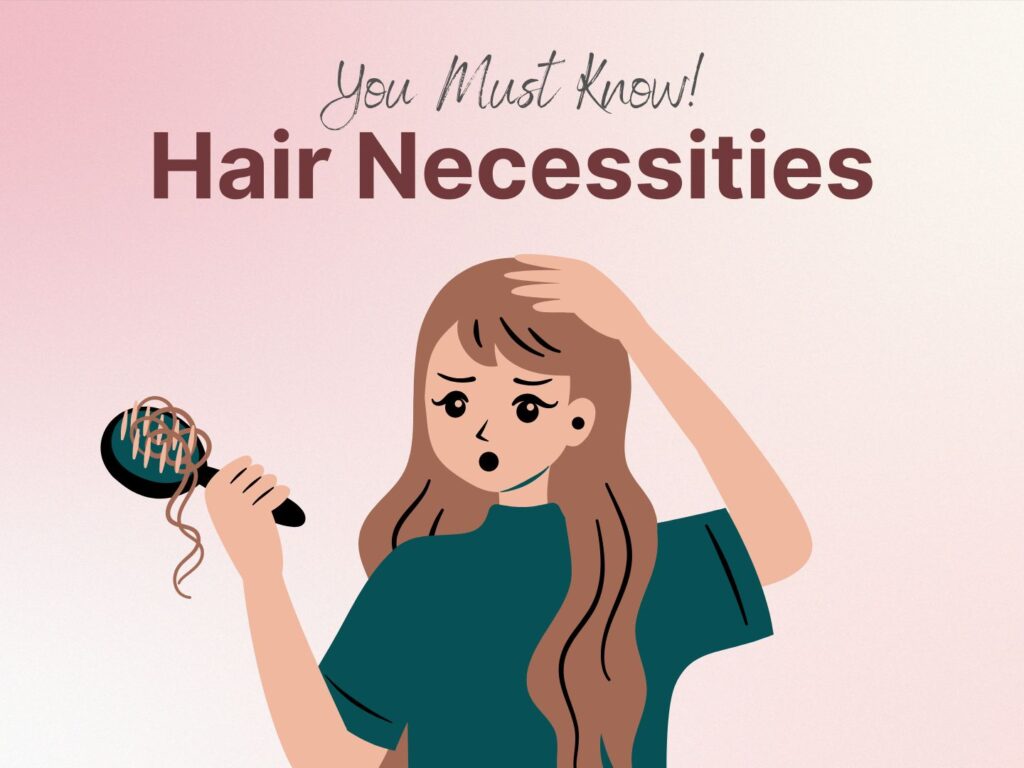Sighing when you see many strands of hair littered all over your room? Dread picking up that lump of hair stuck at the manhole every time you shower?
Well, to be honest, hair loss is a common problem that most people will inevitably suffer at a point in their lives. It is normal for us to lose 50 – 100 strands of hair daily. But when the number of hair lost is more than the growth, then it could be really distressing. First of all, it’s important to understand the anatomy of our hair.
Our scalp have a few layers and among the basic layers of skin are the epidermis, the dermis, and the subcutaneous layer. Within these 3 layers there are blood vessels, nerves, muscles, glands, and hair (or keratin).
Healthy hair is able to grow and is supported by adequate oxygen and nutrients supplied by the blood vessels. There are also sebaceous glands found in the dermis layer which secretes sebum and coats the hair , creating that healthy sheen.
Hair is made up of 2 parts: the hair follicle and the hair shaft.
The hair follicle anchors the hair into the scalp and is made up of the papilla and bulb, which are located beneath the scalp. The bulb can be found at the bottom of each strand containing the active cells which grow the hair around the papilla. The papilla provides the blood supply to the hair follicle to encourage healthy hair growth.
The hair shaft is the visible hair that grows out from the follicle which is made up of a hard protein called Keratin and a protective layer called the cuticle.
Hair growth happens in 3 stages – anagen phase, catagen phase, telogen phase.
Anagen Phase
Your hair grows around half an inch a month (about 6 inches a year). The growth phase, or anagen phase, lasts an average of 3-5 years. The longer the hair stays in the anagen phase, the longer it will grow.
Catagen Phase
The catagen phase, or the transitional phase, allows the follicle to renew itself . During this time, the hair follicle shrinks due to disintegration and the papilla detaches and “rests,” cutting the hair strand off from its nourishing blood supply. Signals sent out by the body determine when the anagen phase ends and the catagen phase begins.
Telogen Phase
This is known as the resting phase / shedding phase whereby the hairs fall off and club hairs rest in the root while new hair begins to grow beneath it. The new follicles will begin to grow again, softening the anchor point of the shaft initially. The hair base will break free from the root and the hair will be shed. This phase lasts for around 3 months.
Finally, strands are released from their follicles and fall out. Now the whole process can begin again!
Do consult Kaiteki’s certified aesthetic doctor to for free consultation!



